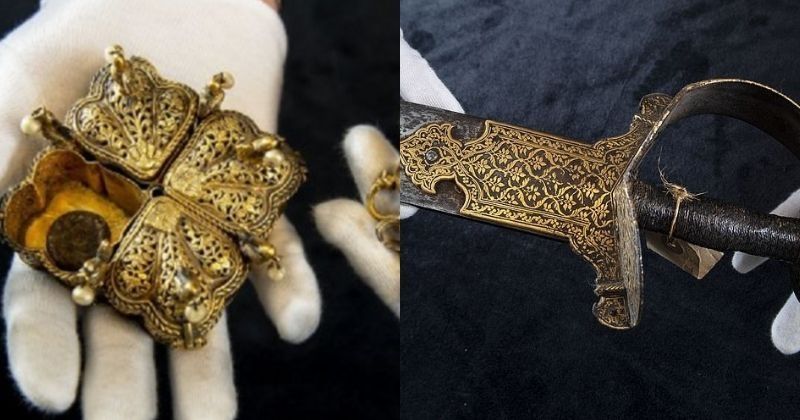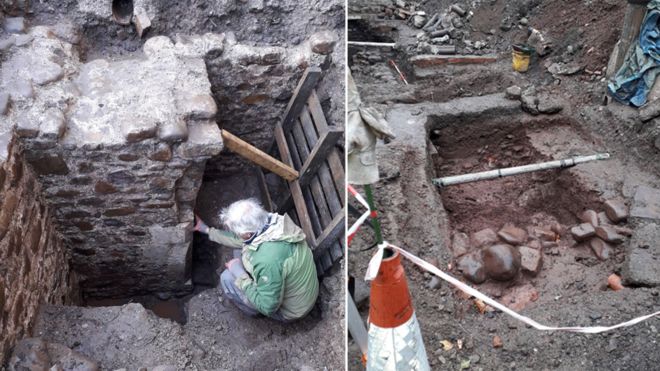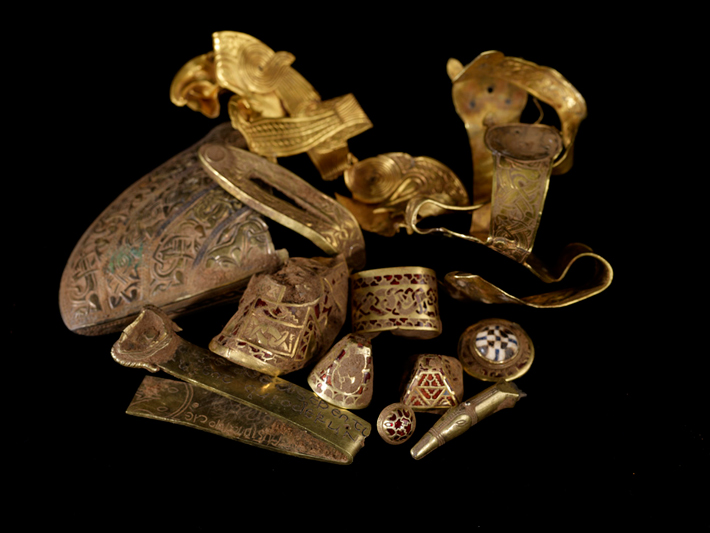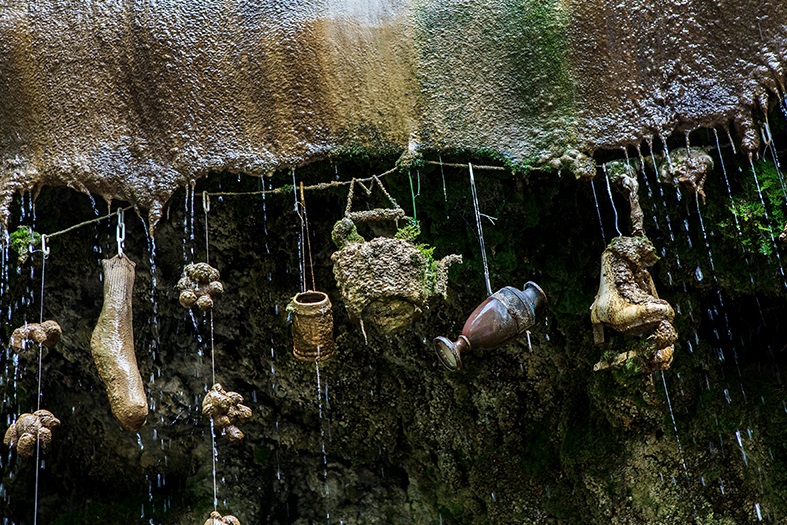1,400-Year-Old Anglo-Saxon Burial Unearthed in Canterbury
On a university campus in Canterbury, the extraordinary remains of a young Anglo-Saxon woman, buried with luxuriant jewels and a knife.
While Archeologists working at Christ Church University at the site of its new £65 million STEM building they Unearthed the burial, which is due to open in September next year.
The female, who had thought she was in her 20s, was found buried with a silver, garnet-inlaid, Kentish disc brooch.
She was also wearing a necklace of amber and glass beads, a belt fastened with a copper alloy buckle, a copper alloy bracelet and was equipped with an iron knife.
Experts say that together, the items found in the grave suggest the woman was buried between AD 580-600.
They believe she would have been a contemporary, and likely acquaintance, of the Kentish King Ethelbert and his Frankish Queen Bertha, whose modern statues can be seen nearby at Lady Wootton’s Green.
The bones have been studied by Dr. Ellie Williams, Lecturer in Archaeology at the University.

“The discovery of another ancient burial on our campus is extremely exciting,” she said.
“It demonstrates the richness of the archaeology that surrounds us, and contributes important new evidence to our understanding of life and death in Canterbury around 1,400 years ago.”
Dr. Andrew Richardson, outreach and archives manager at the Canterbury Archaeological Trust, which made the discovery, says the discovery is “particularly significant”.;
“It suggests that relatively high-status burial was taking place on the site in the years shortly before the establishment of the Abbey.
“One of the primary roles of the Abbey was as the burial place of Augustine and his companions, Archbishops and members of the Kentish royal dynasty.

“This find suggests that this may represent a continuance of existing practice at the site, rather than a completely new development and has implications for our interpretation of this World Heritage site.”
Scientific testing on similar finds has shown the garnets are likely to have come from Sri Lanka rather than a nearer source.
Such brooches, crafted in east Kent from exotic materials, were produced at the behest of the Kentish royal dynasty and distributed as gifts to those in their favor.
The woman’s bones will be retained for further scientific study, which it is hoped will provide insight into her life, death, and burial.































